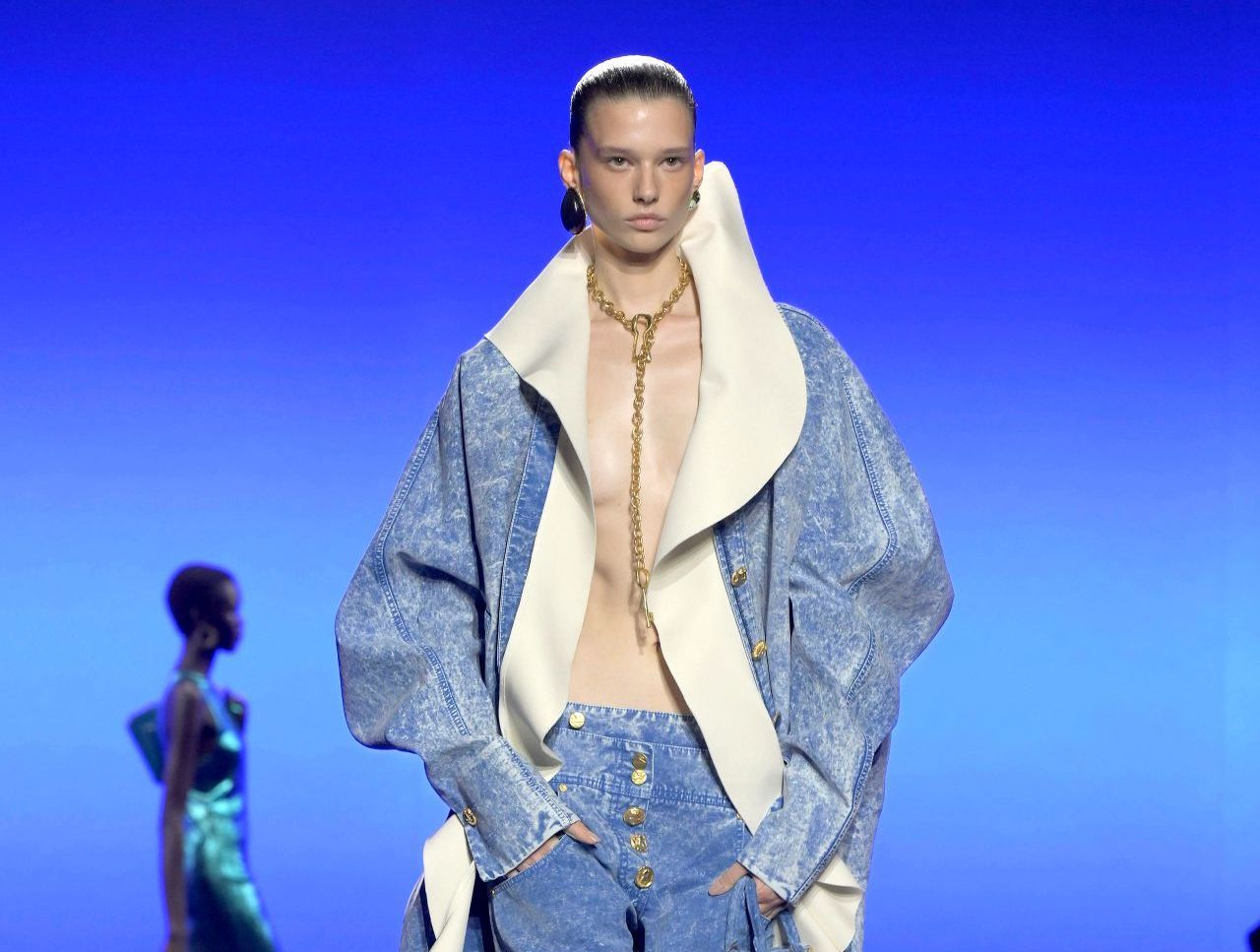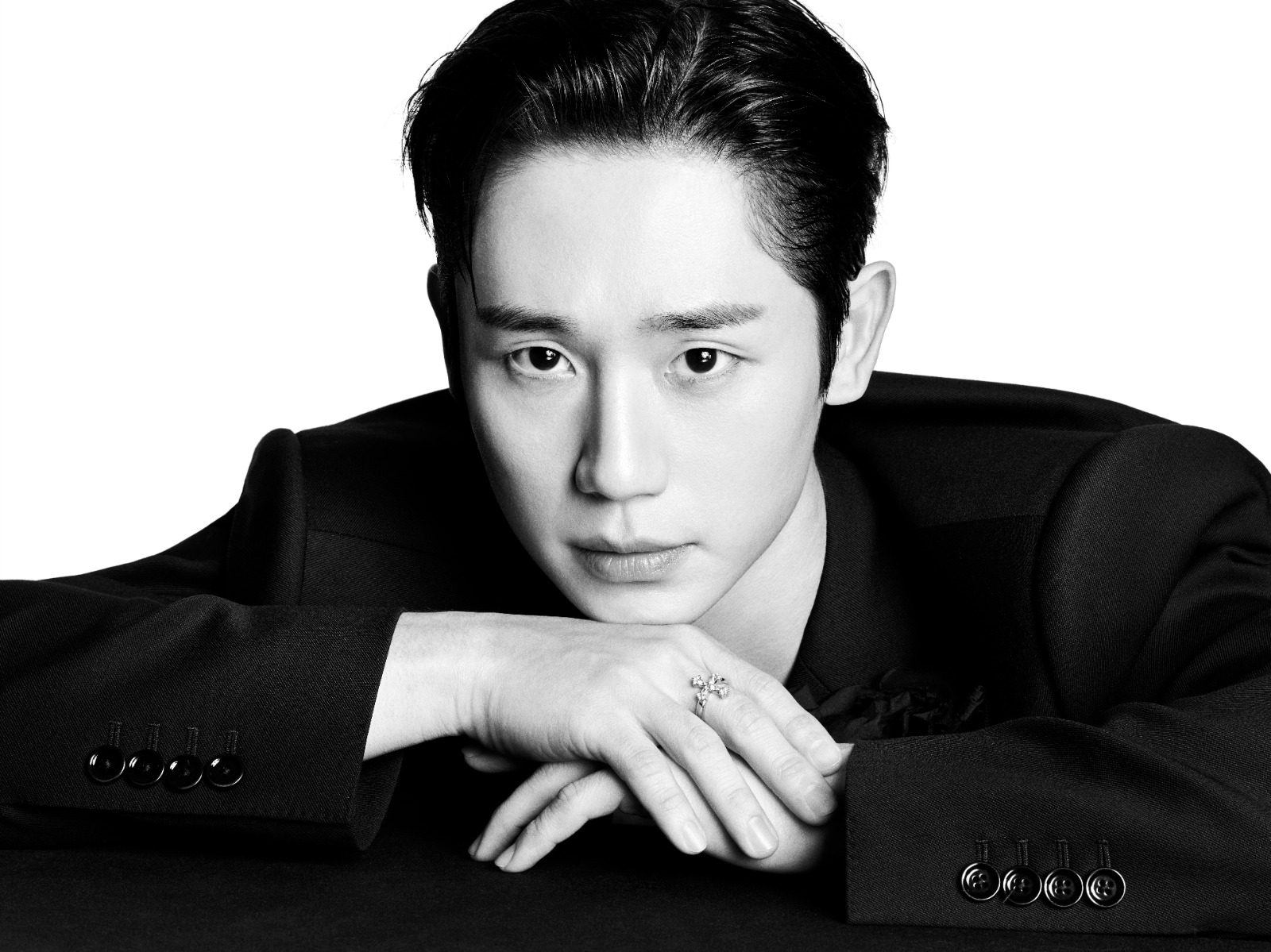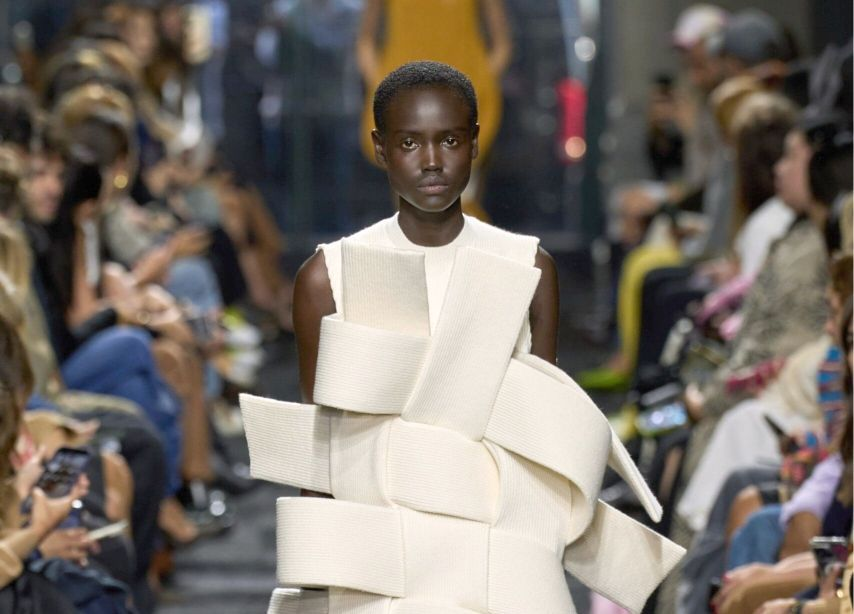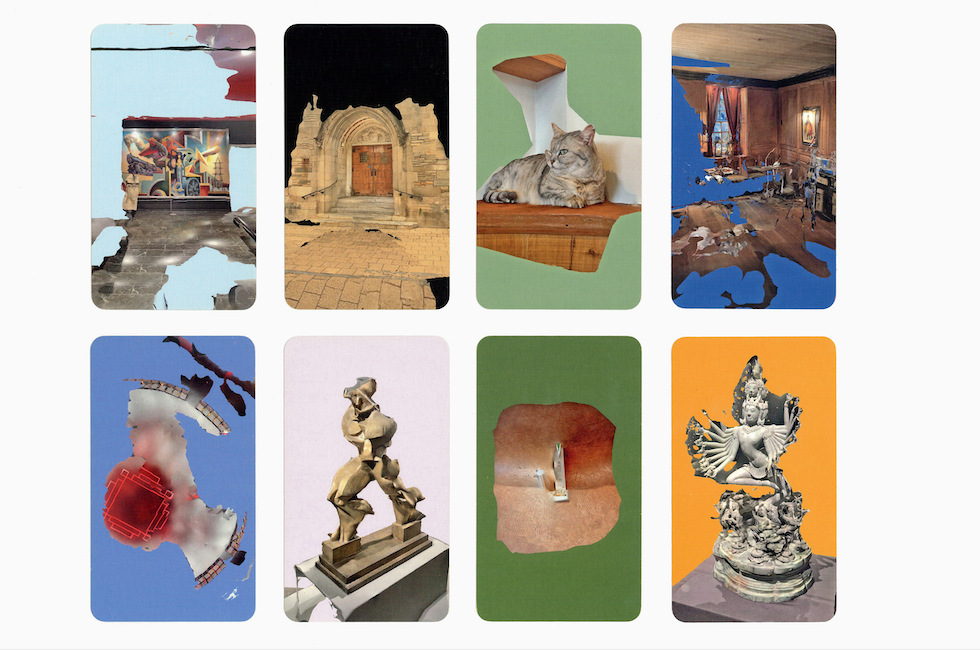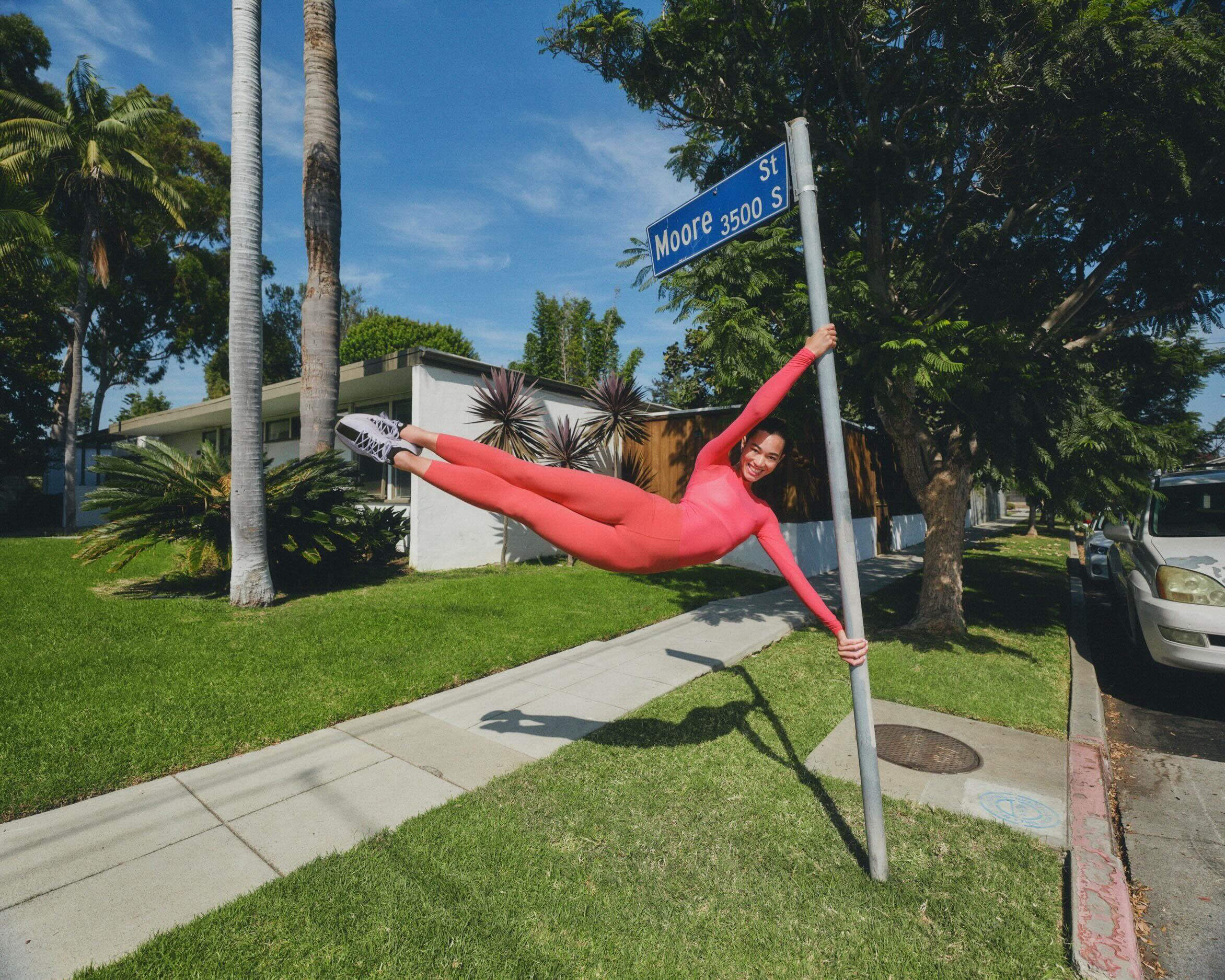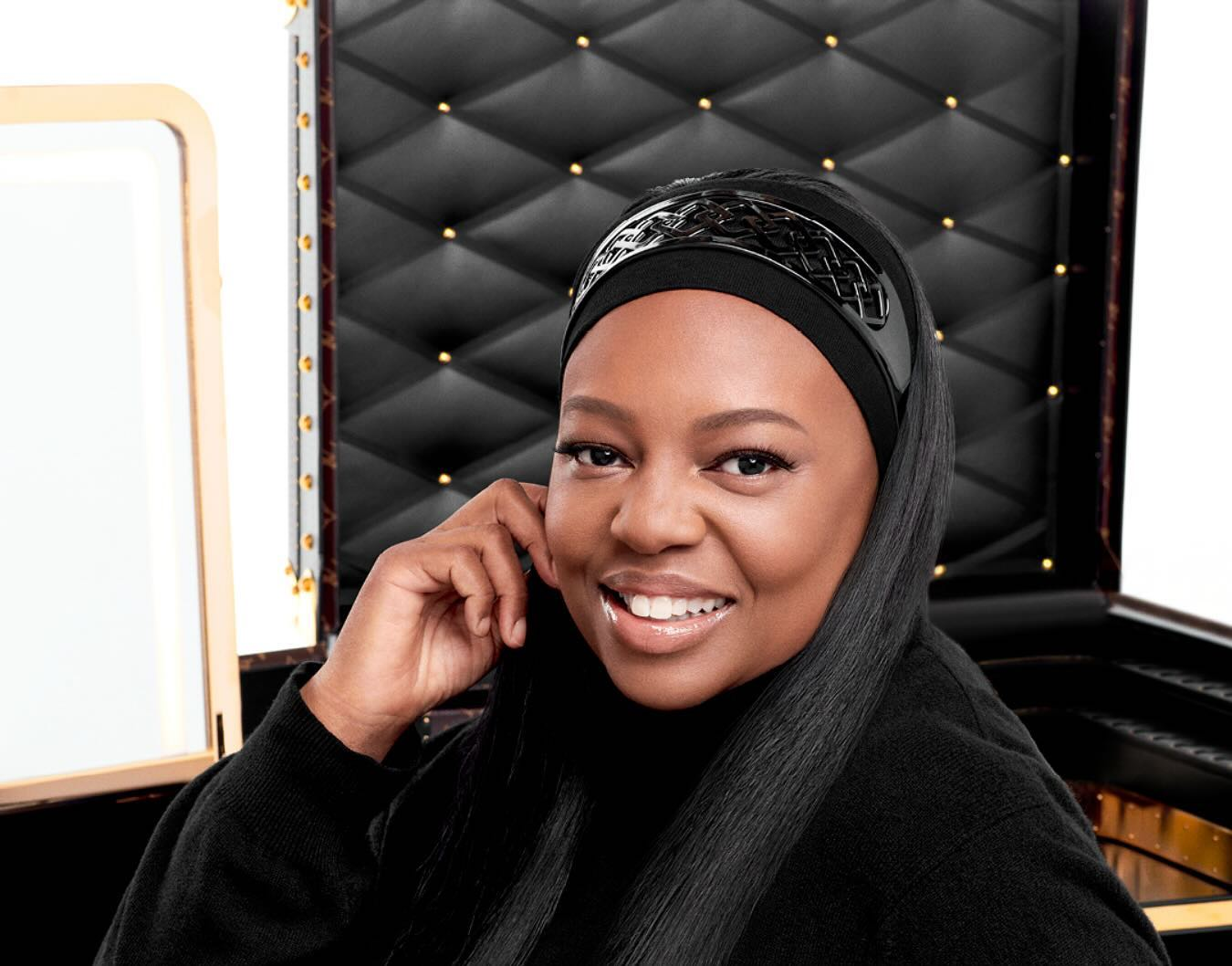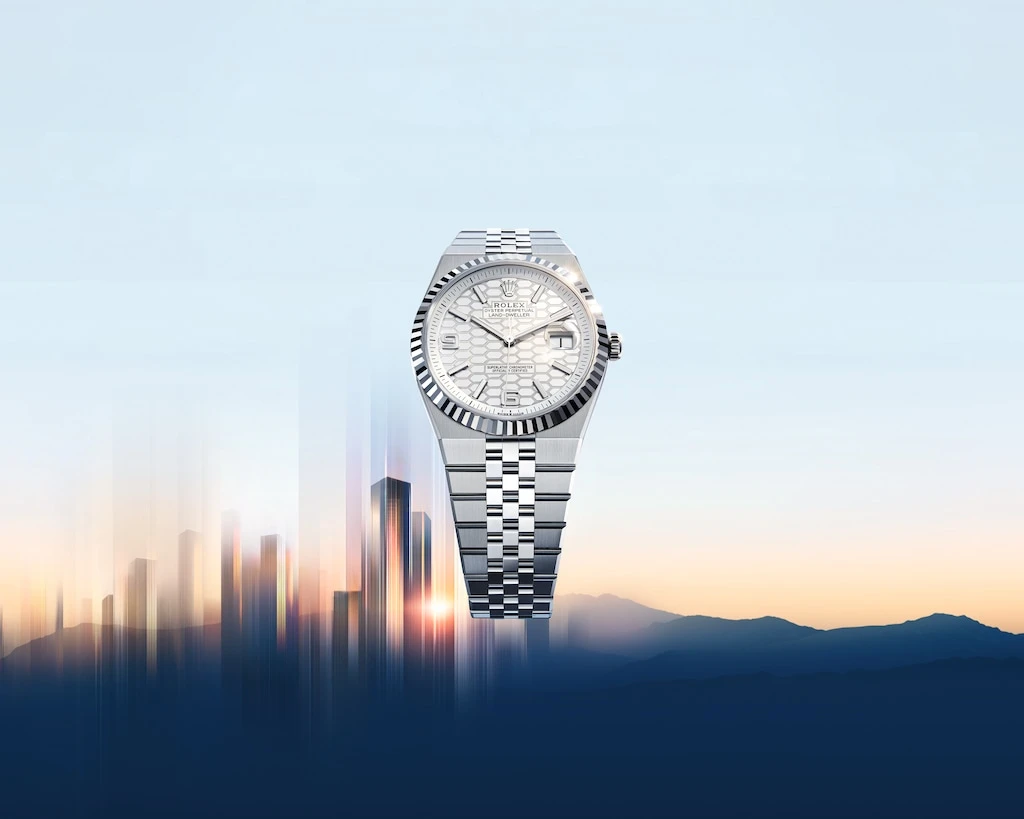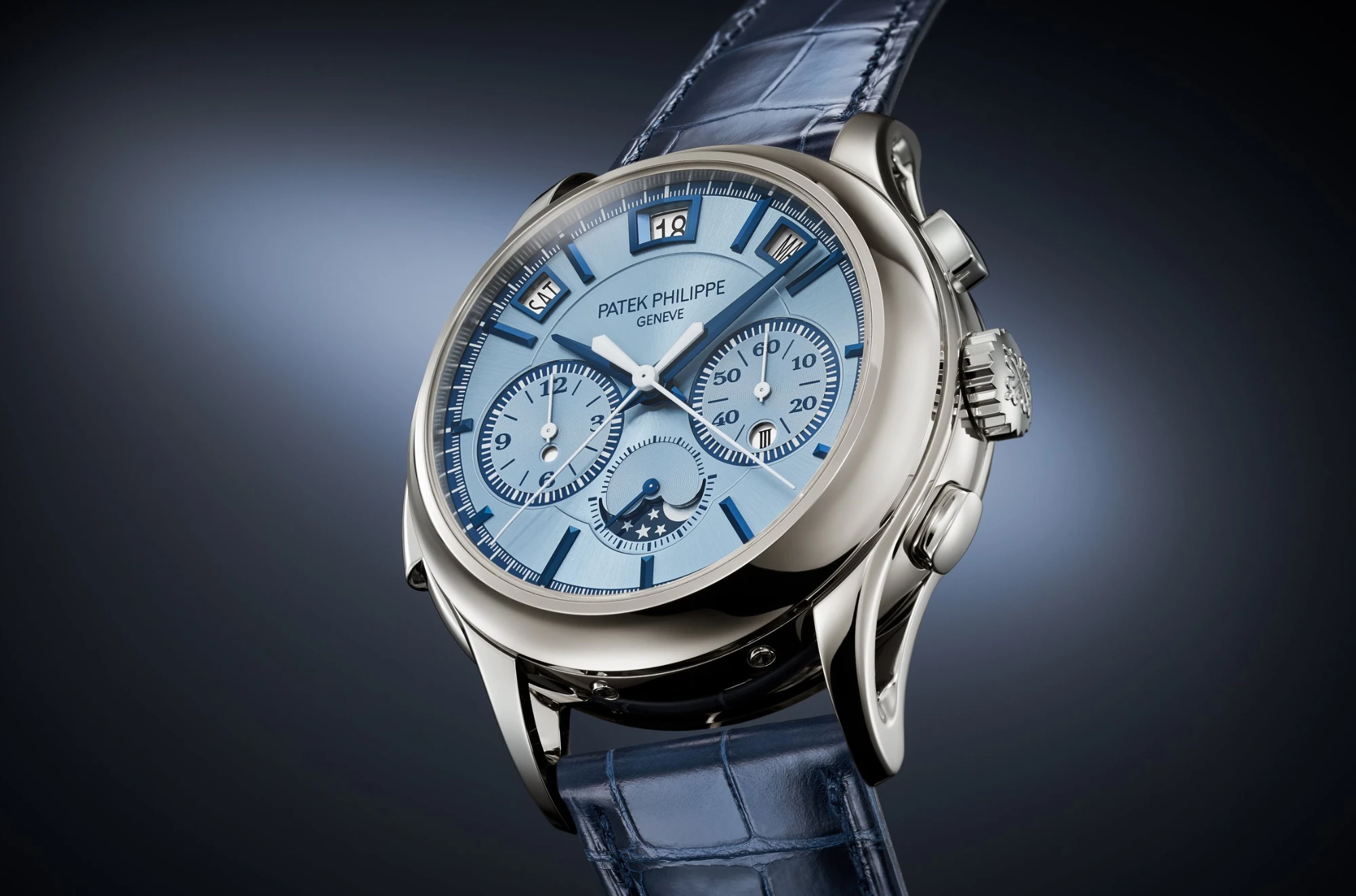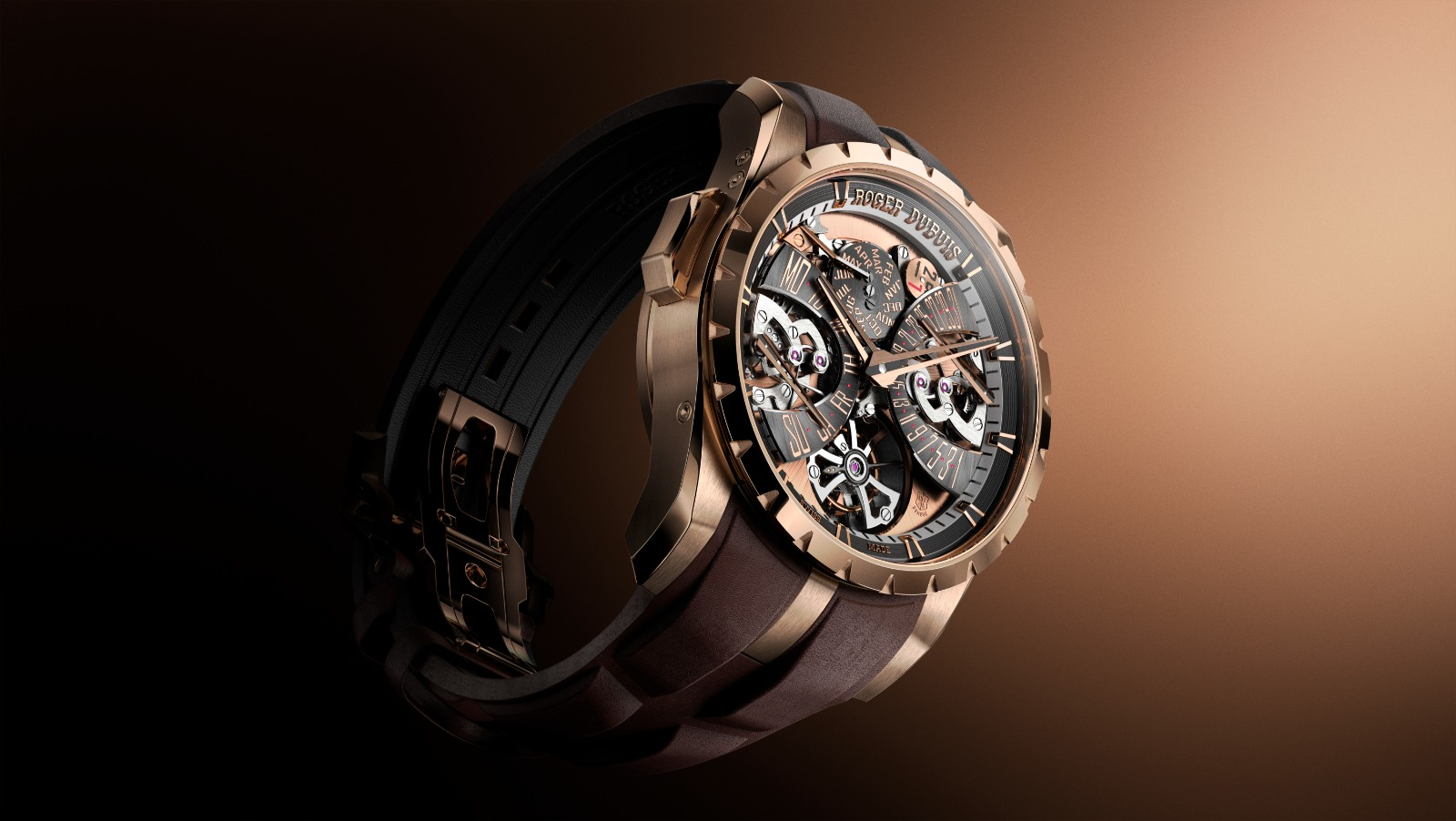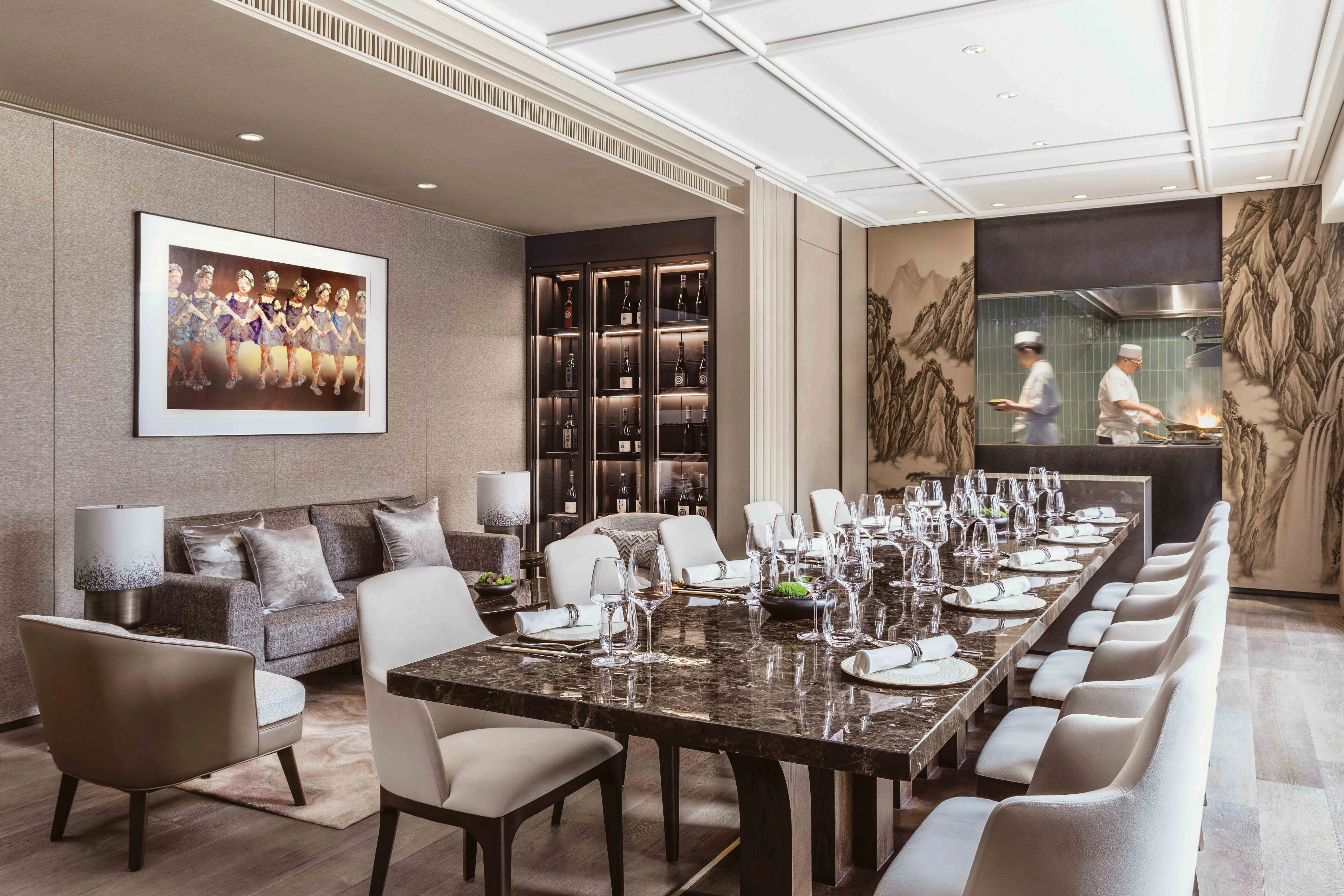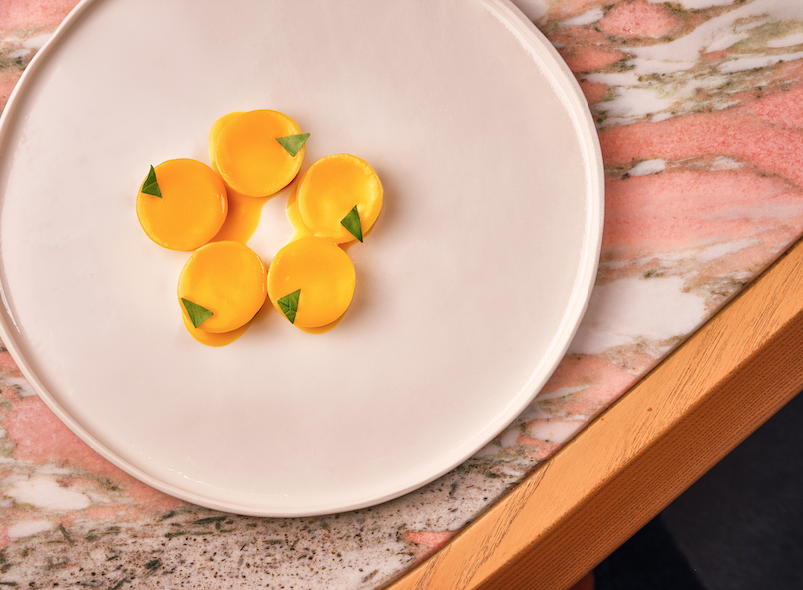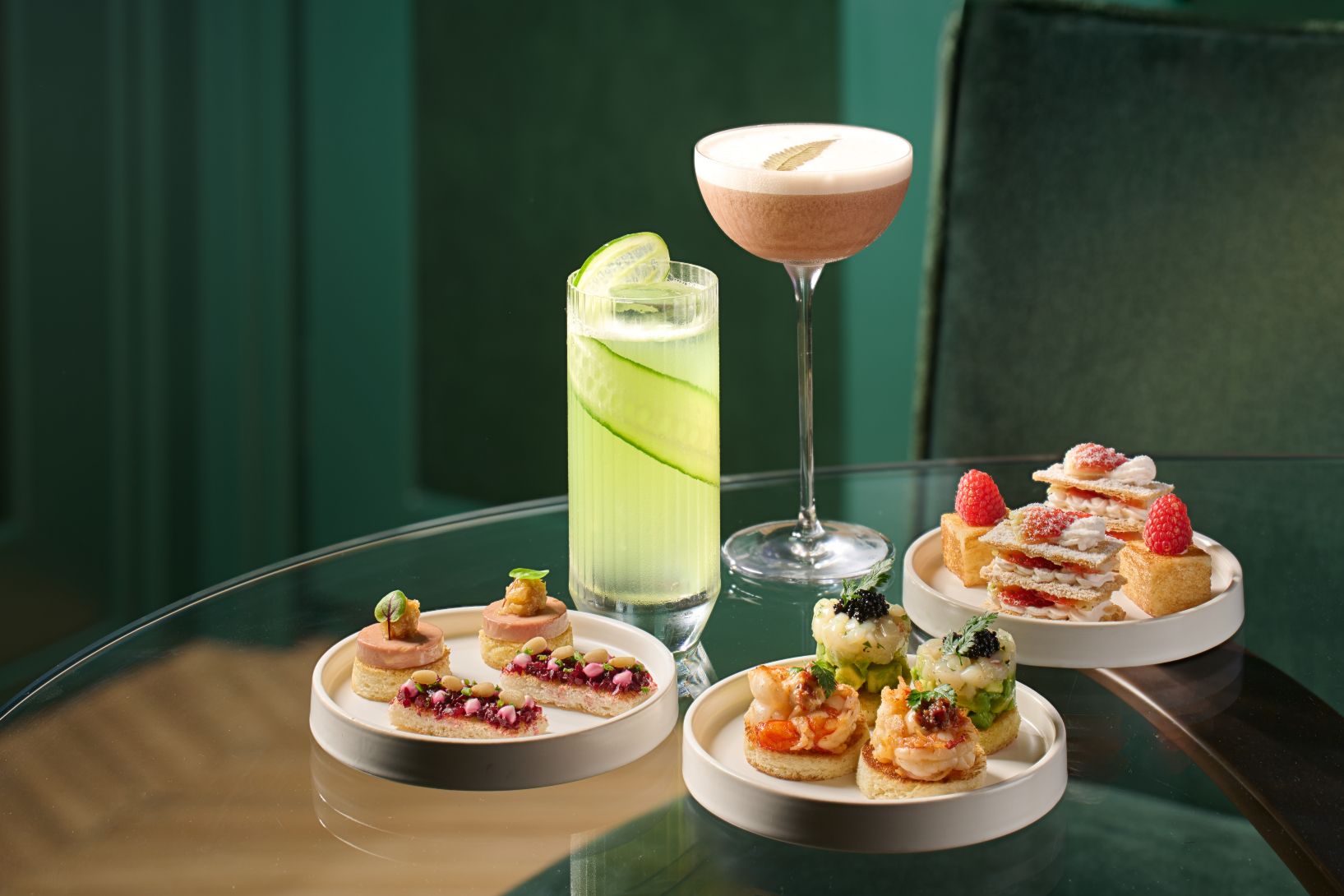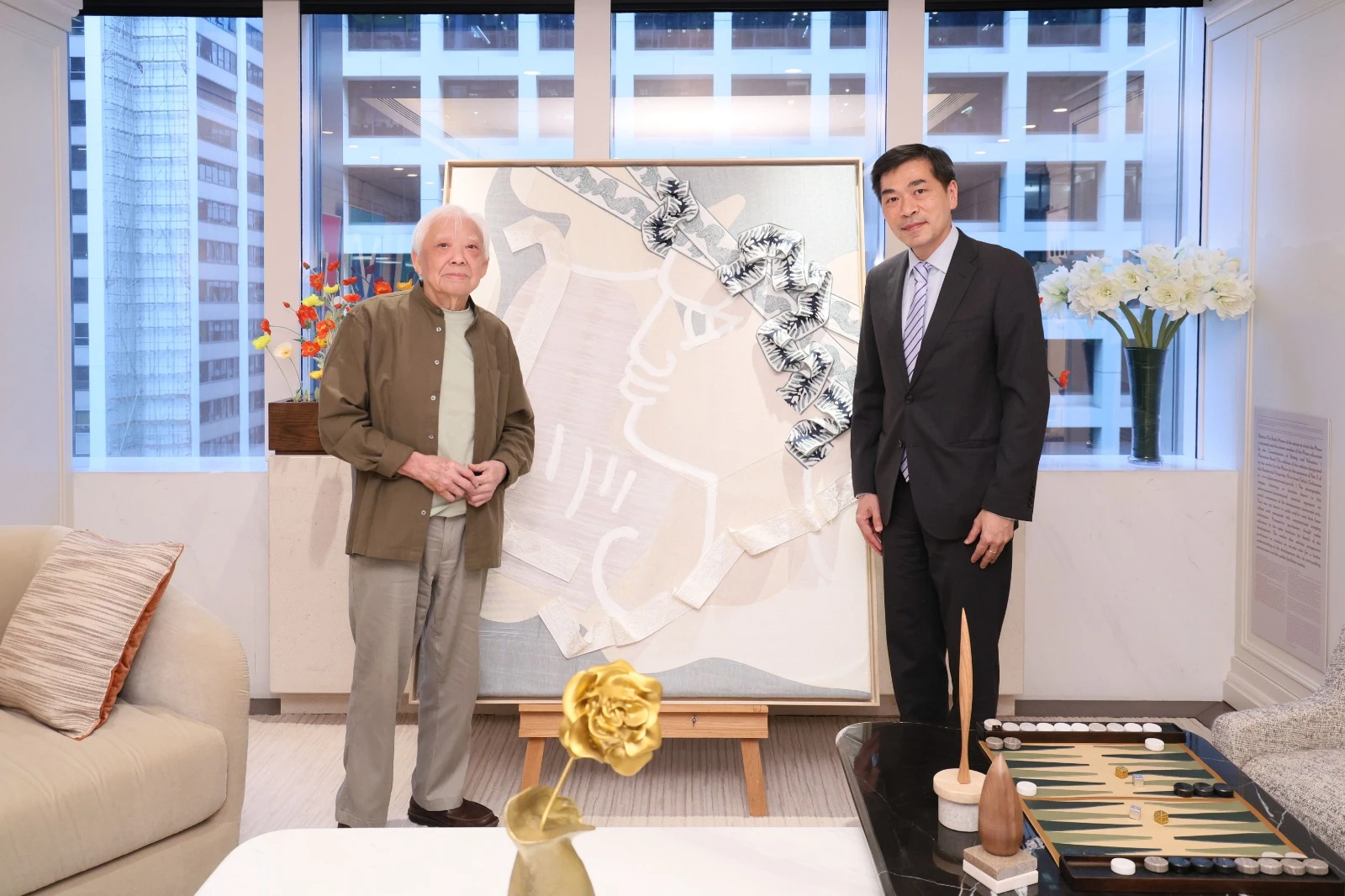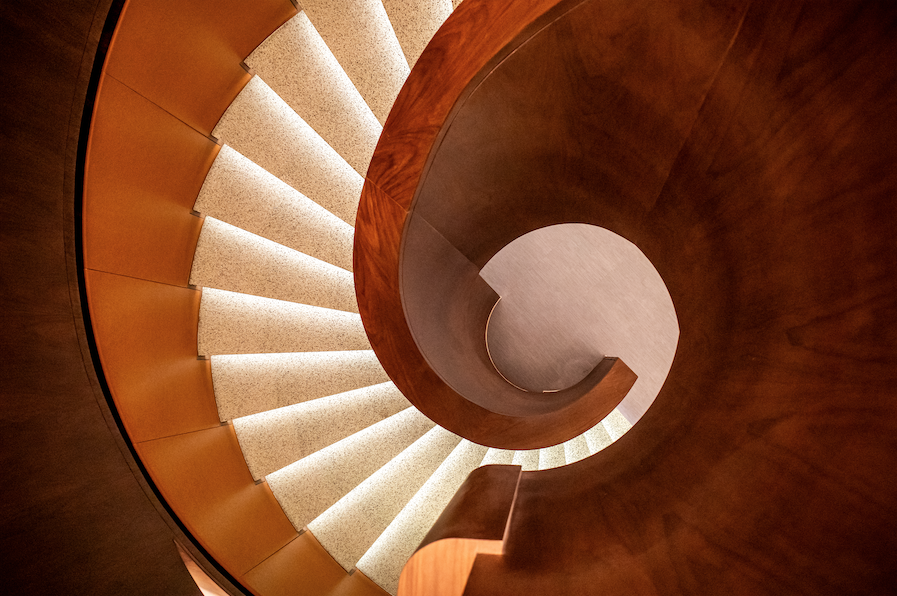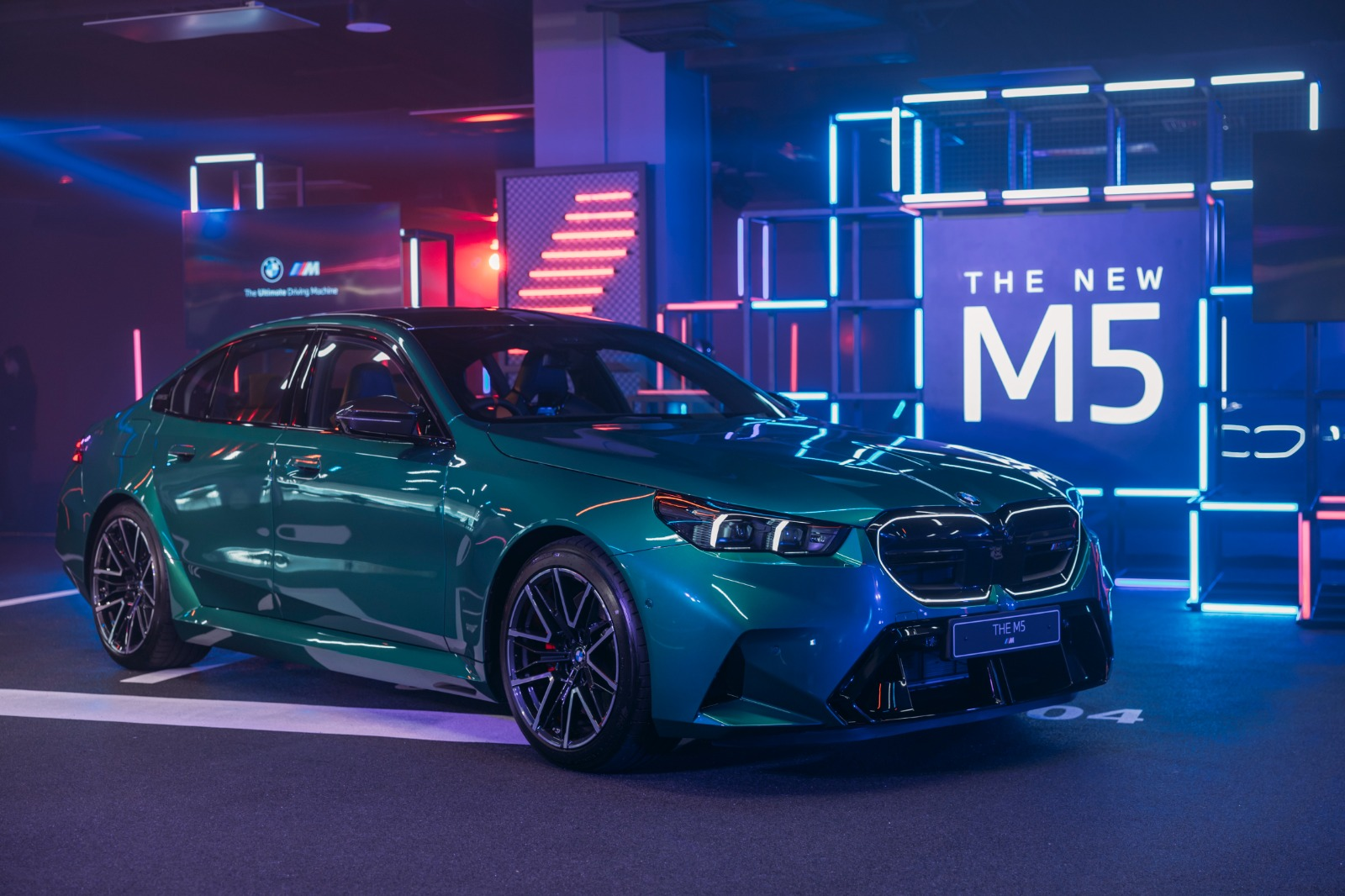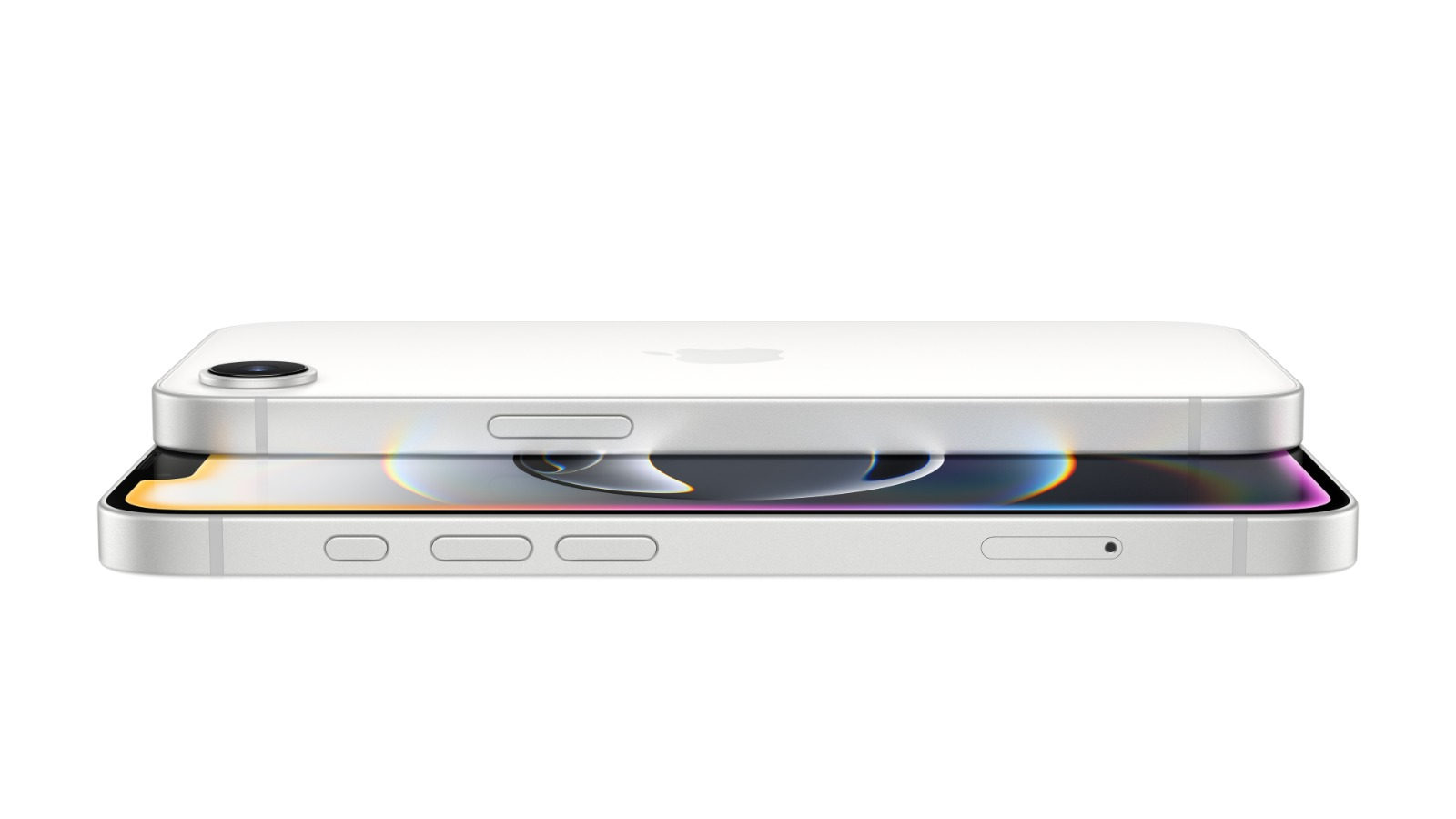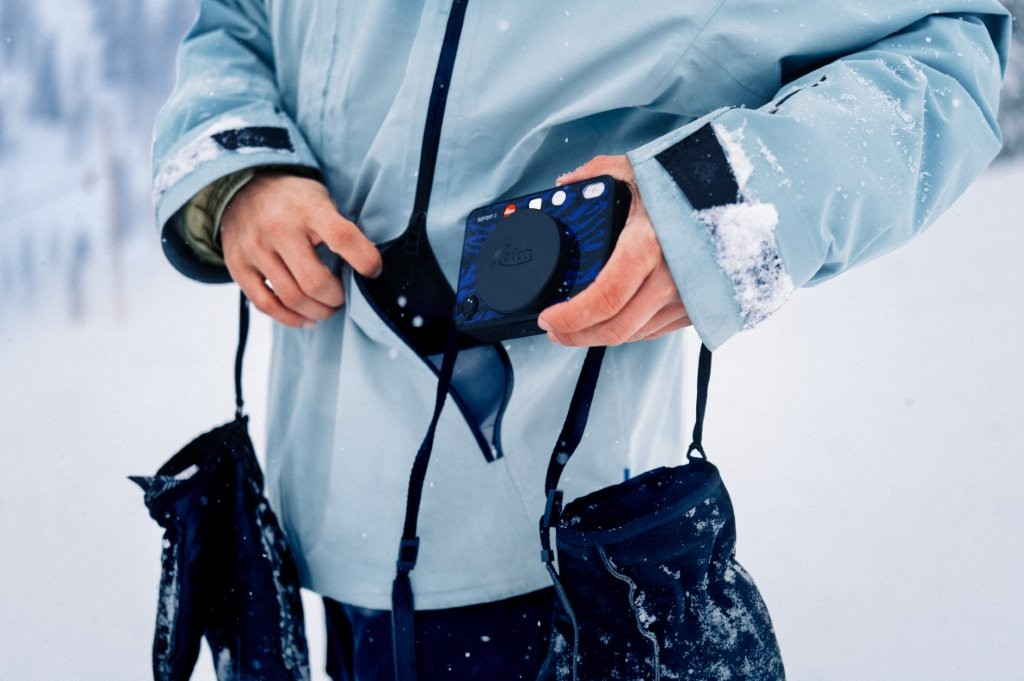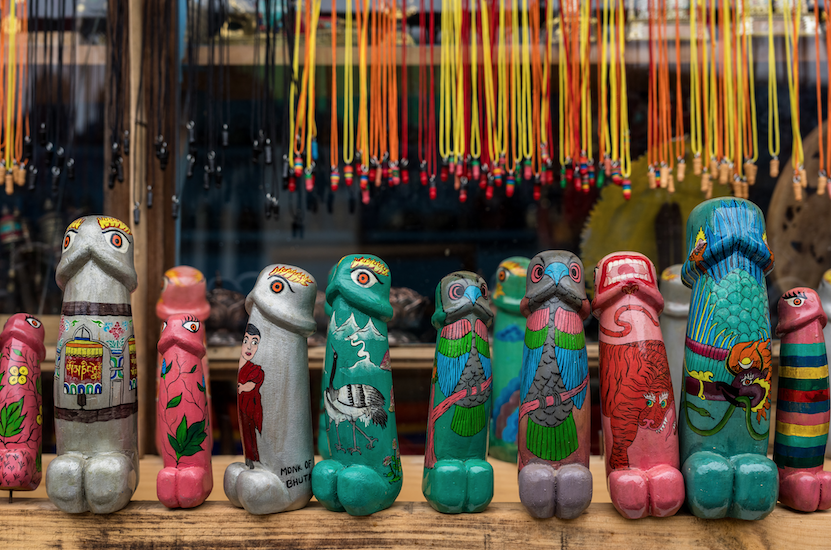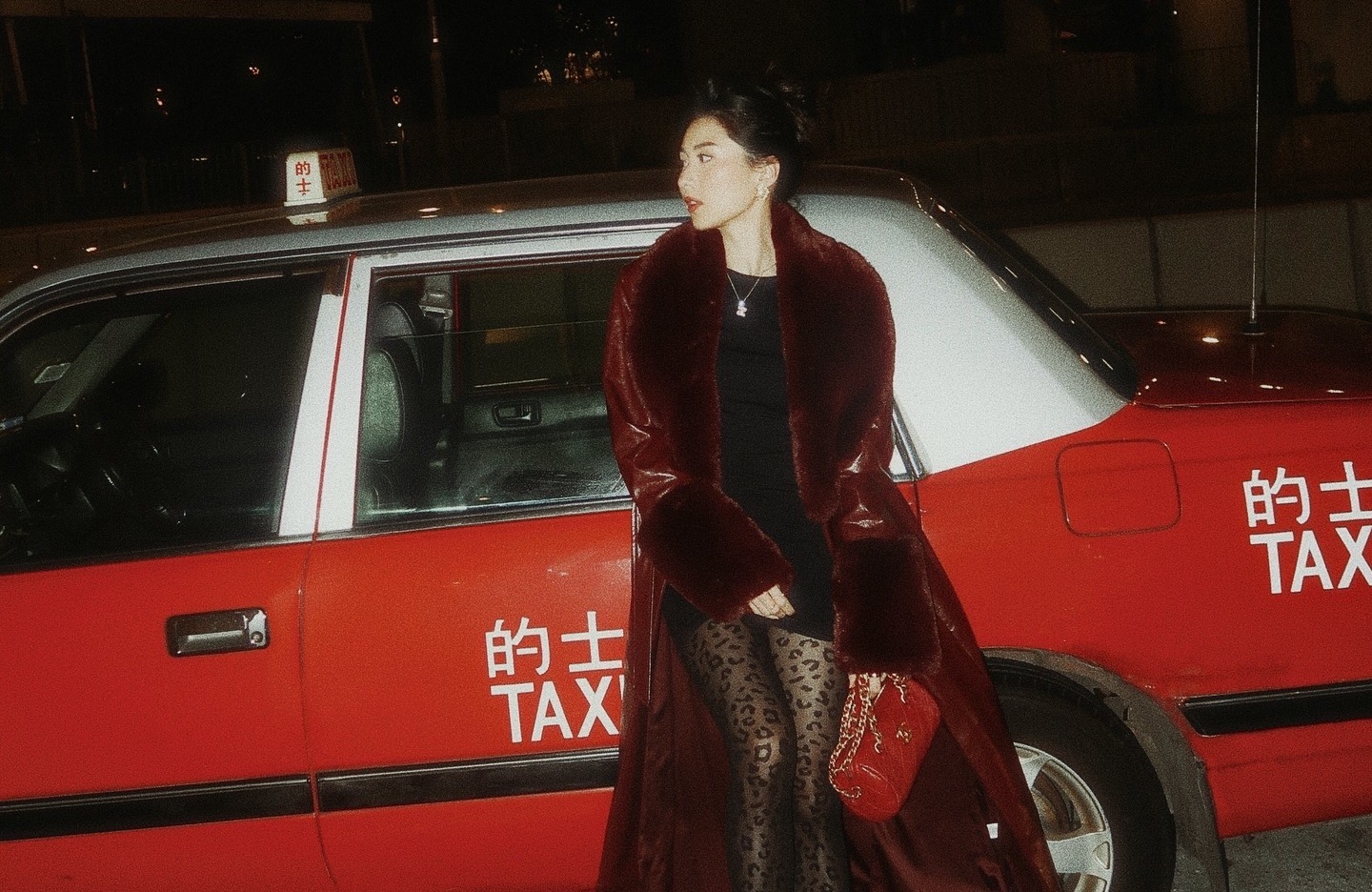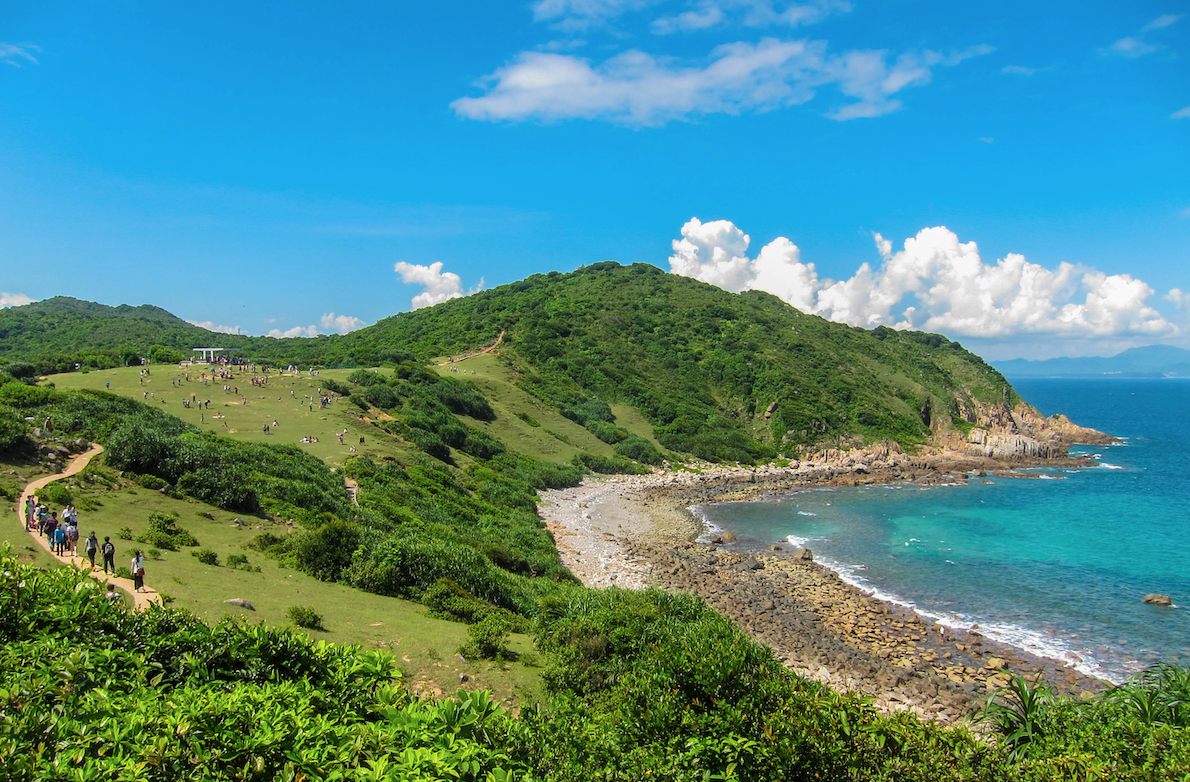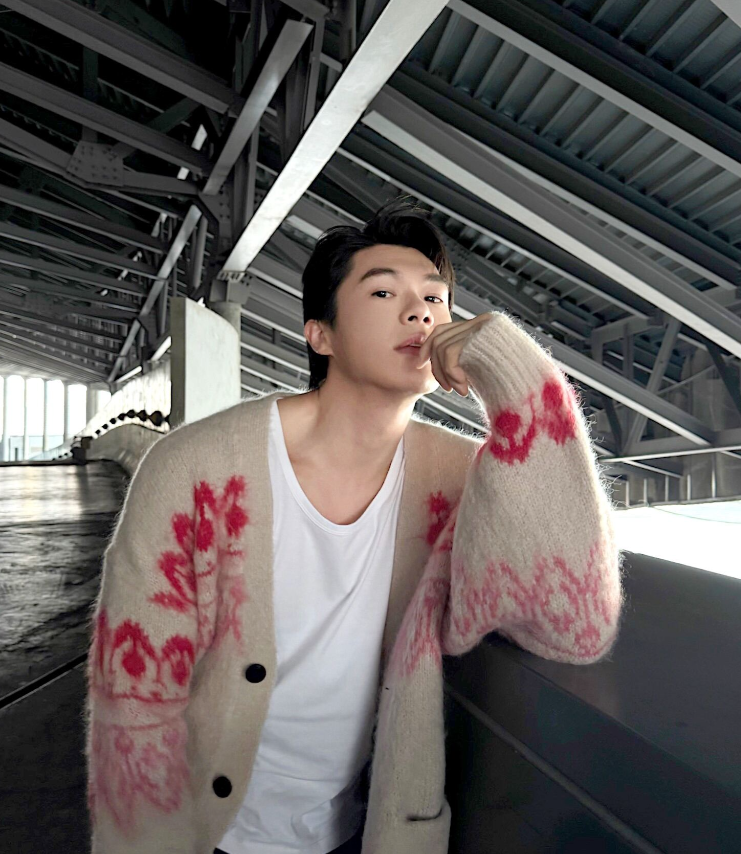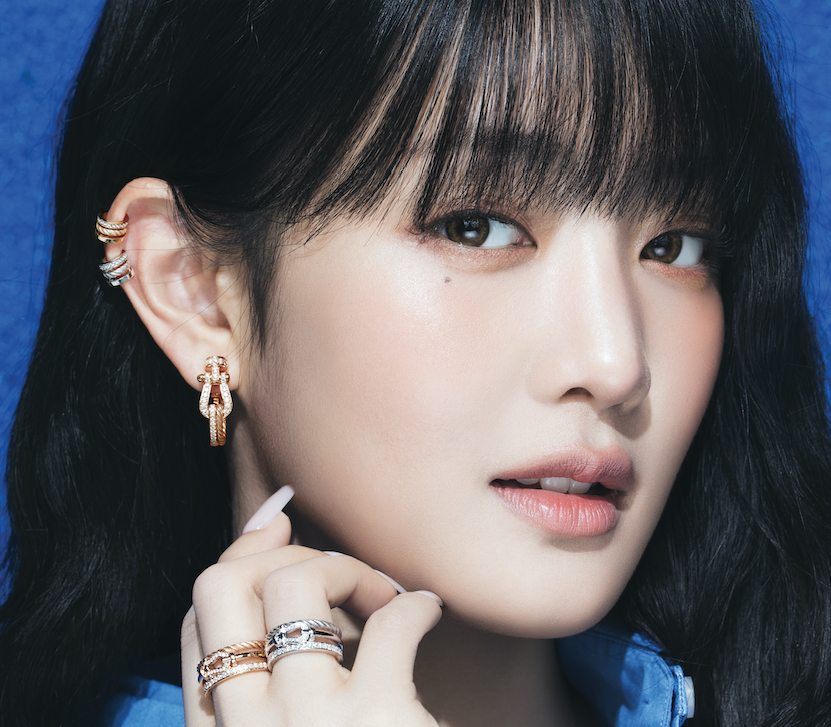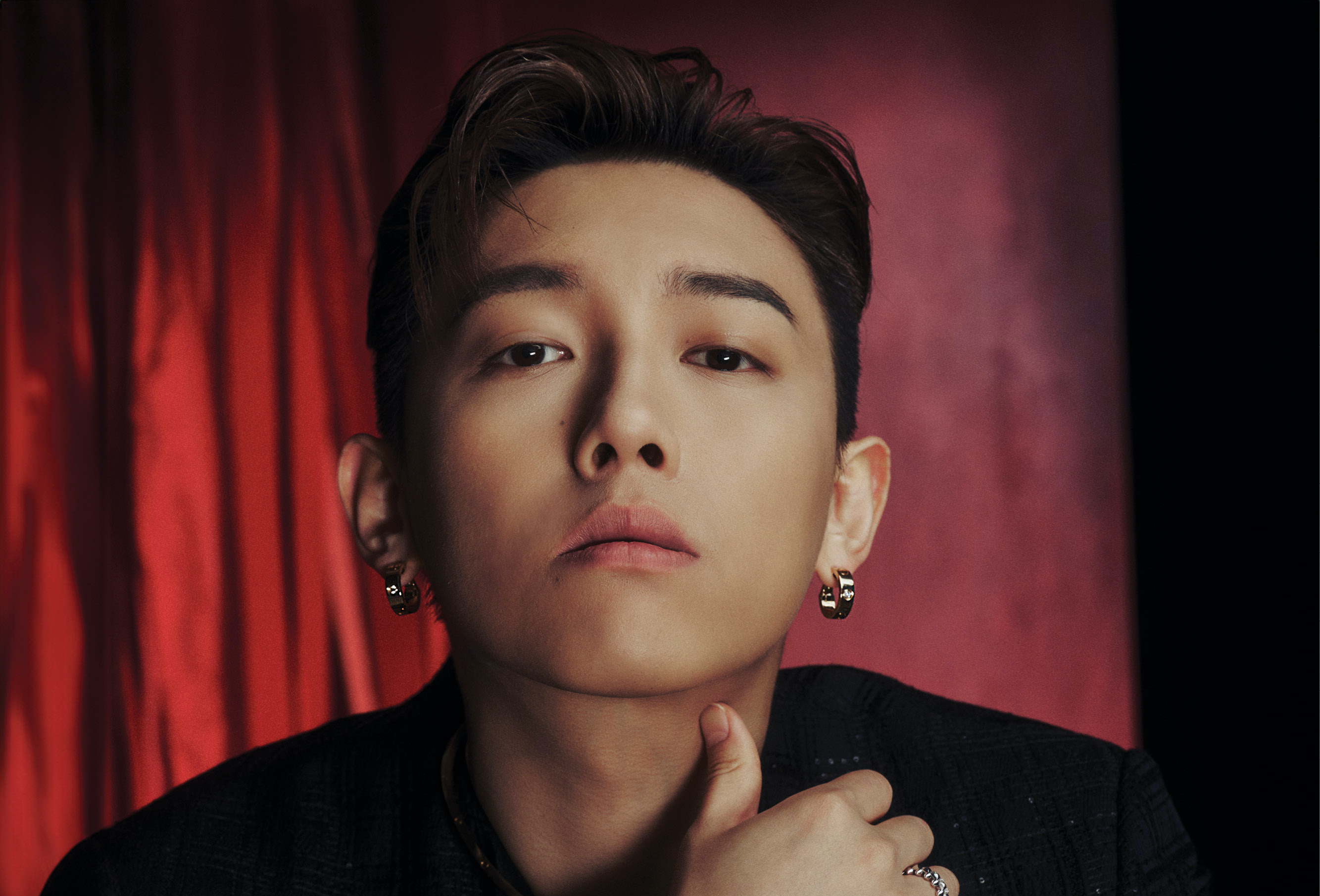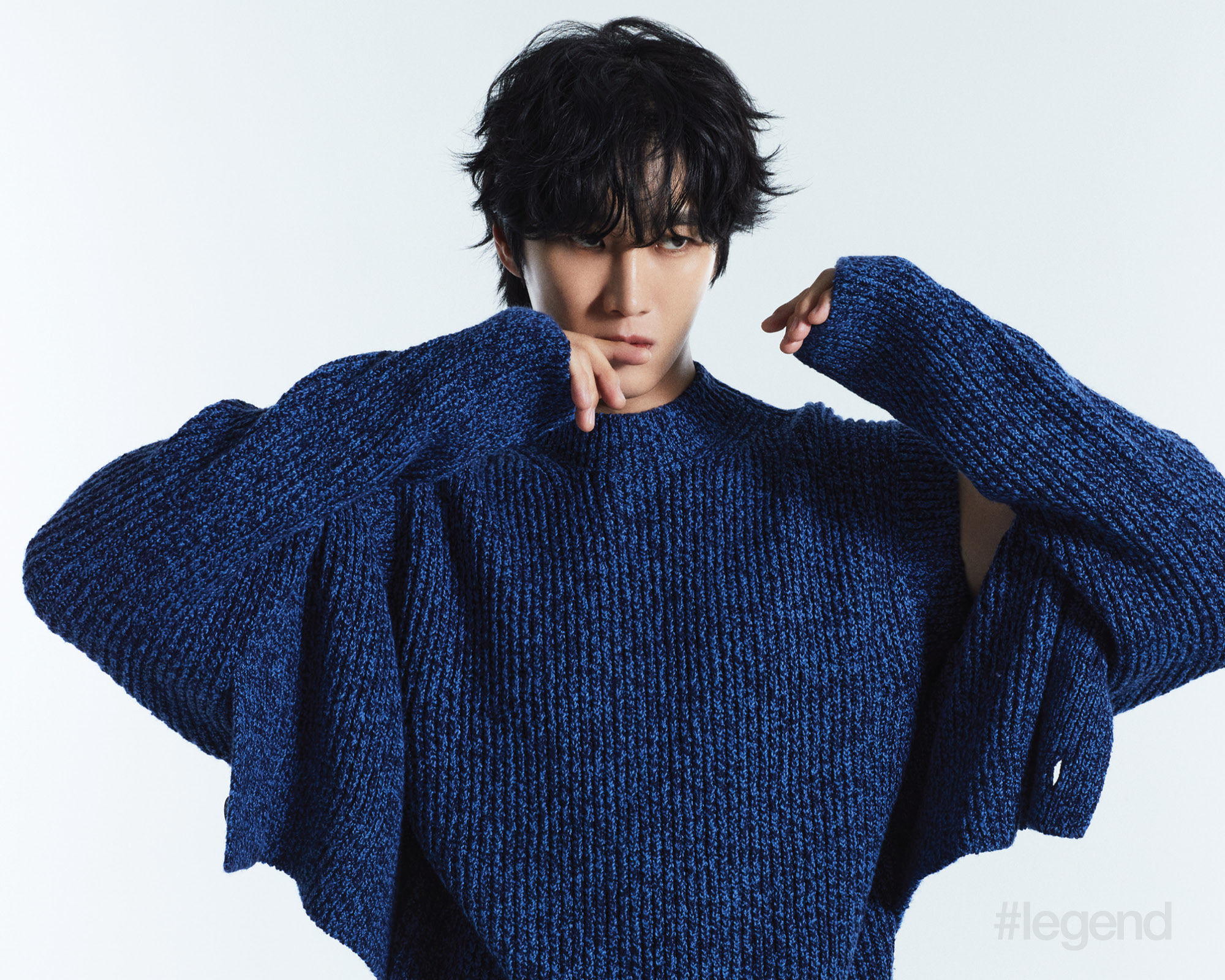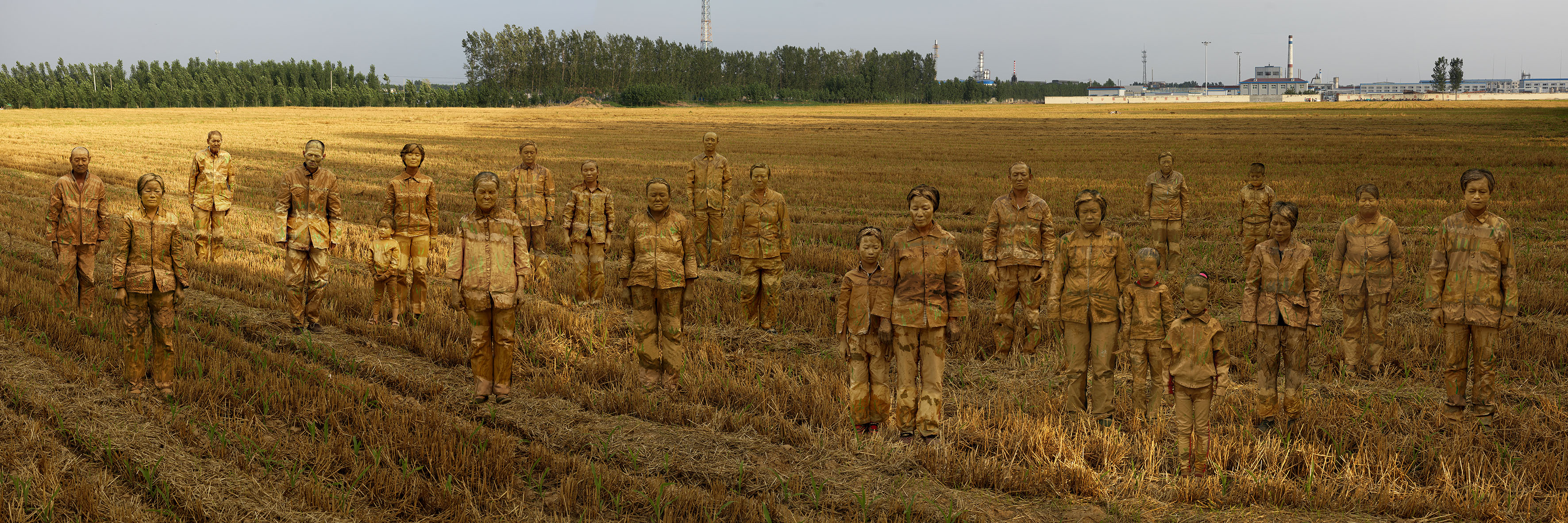Xin Liu speaks on mixing art and science
Jan 25, 2024
London-based Chinese artist Xin Liu explains to Dionne Bel how she contemplates our relationship with the universe through a compelling mix of art and science
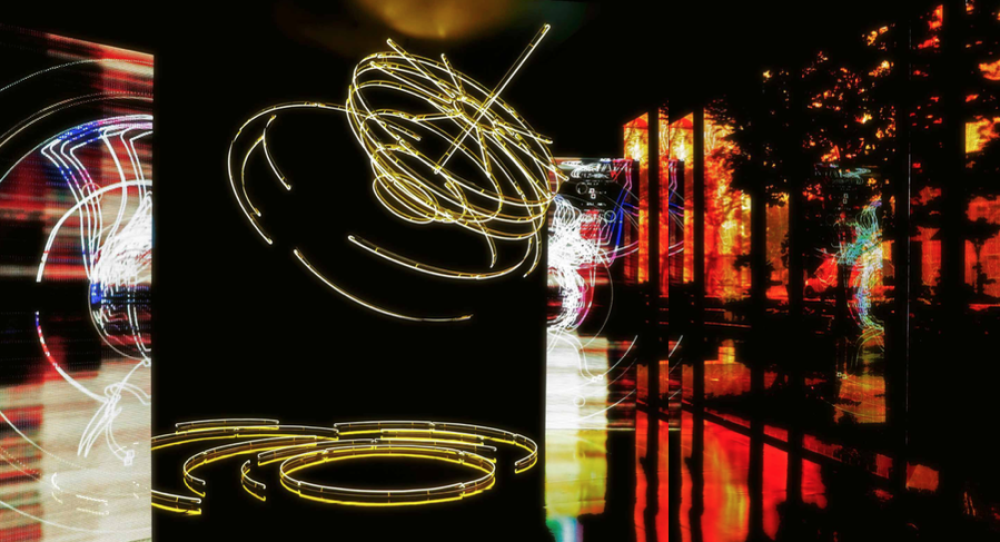
Born and raised in the remote “oil city” of Karamay in northwest China in the ’90s, where everyone she knew worked in oil, medicine or for the government, Xin Liu visited an art museum for the first time as a student of Tsinghua University in Beijing. She ended up studying art in grad school, obtaining an MFA from Rhode Island School of Design, followed by a master’s degree in Media Arts and Sciences from MIT that led to her current role as Arts Curator of the MIT Media Lab’s Space Exploration Initiative. Describing herself as both artist and engineer, Liu focuses her work on space, the universe and cosmic metabolism: the metabolism of our planet and how it has been impacted by technological infrastructures over the past few decades.

Liu is known for sending her wisdom tooth affixed to a small robot into outer space and back to Earth in one of Jeff Bezos’ Blue Origin rockets, crafting a series of mixed-media sculptures influenced by medical and biological breakthroughs such as cryonics and egg freezing, authoring a 900-page book detailing her entire genome in base pairs, creating the first NFT to be generated in space using an antenna installed in Hong Kong to capture radio frequencies emitted by decommissioned weather satellites, and producing an immersive digital piece featuring algorithmically-generated flower-like forms. Fascinated by how technological development is altering the human experience, she believes that a concentration of energy and time may be captured in an artwork.

Why did you study both art and engineering?
I’ve never felt like there is a distinct separation between art and engineering. They’re asking the same questions about what it means to be human in the 21st century and how do we reconcile all the varieties of practices that take risks, make guesses, act on the edge, iterate and, ultimately, take a leap of faith to create an experiment to propose a theory or to create a piece of art?

How do you come up with the subject matter for your artworks – is there a common theme linking them all?
Cosmic metabolism is what I’ve summarised. I have to admit that I kind of ended up here after many years of making works and then, when I looked back, this is what I see I have been interested in. Artworks are always a reflection of the artists themselves. Cosmic metabolism is something that I found quite fascinating because I’ve always been interested in this tension between change and permanence and the scale of human life versus the rational understanding of the entire cosmos.
It’s wild that we’re living in a world where we have to deal with three meals a day, but also be able to imagine or make plans for thousands of years of humanity. Do we feel empowered or like dust? We need to deal with the personal scale versus the big, but at the same time deal with foreverness and the fleeting, the temporal limits of our human life.

How do you blend high technology with human themes?
This is a good question because ultimately, any technology created by humans is fundamentally about humans. Our current education system, our society and corporations are not providing people access to those so-called high technologies in our day-to-day lives. I think the so-called high tech is a facade because everything boils down to simple ideas in physics and maths. We just need to provide access like teaching someone a language. So it’s about whether we understand technology or not. There’s no separation between human life and technology.

Describe NOAA commissioned by BMW, representing your exploration of future mobility
and the sensory connections between humans and vehicles, which was unveiled at West Bund Art & Design fair in Shanghai last November.
My commission with BMW is a great collaboration. The work started from 2020 when I was chasing satellites during the pandemic in Brooklyn. The satellites are decommissioned NOA A weather satellites. I received their data with my self-made antenna and transformed the received signal into sound and images so I could communicate with these machines in orbit during a time of isolation and turbulence.
When BMW shared with me about their iDrive system, they were talking about companionship
with a vehicle, so it’s kind of a perfect match with the work. I think a lot about how technology is like those satellites that have been orbiting the Earth for decades. Yet I wondered whether they would gain this sense of connection and even love or creativity because I projected my emotions on to them, because I communicated with them.
For the commission, I imagined a wild dance of these satellites in orbit and created an algorithm that live-simulated the trajectories of little vehicles in the programme, where they were pulled and pushed by planets and generated complex trajectories that were presented in the video piece.
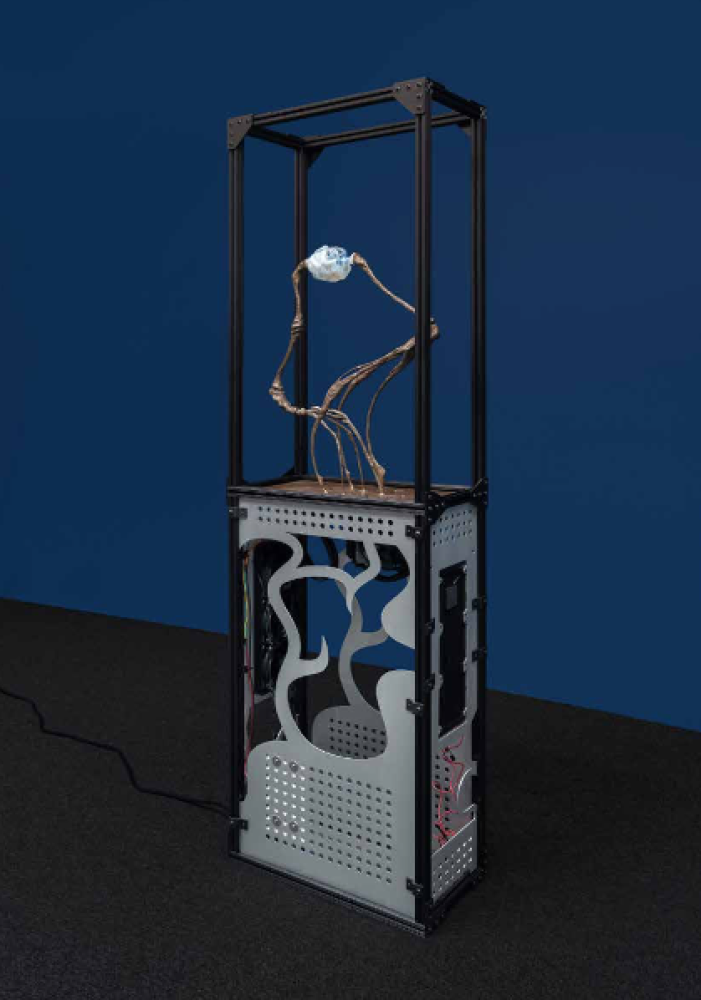

What will you present at your solo show at Benton Museum of Art at Pomona College in California
in autumn 2024?
It’s going to be a continuation of my recently finished show last summer with Pioneer Works in New York City called Seedlings and Offsprings. Again, cosmic metabolism, at the scale of planetary time and space, but also thinking about how individuals can intervene or even just to understand the journey of materials and ourselves. Can we be responsible for something?


